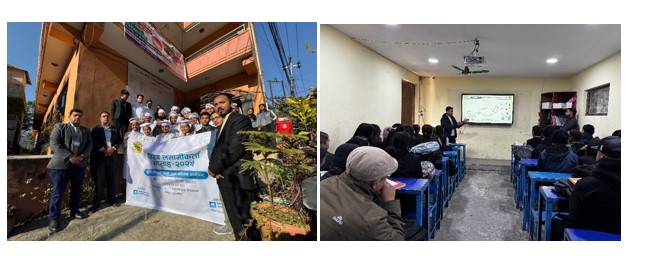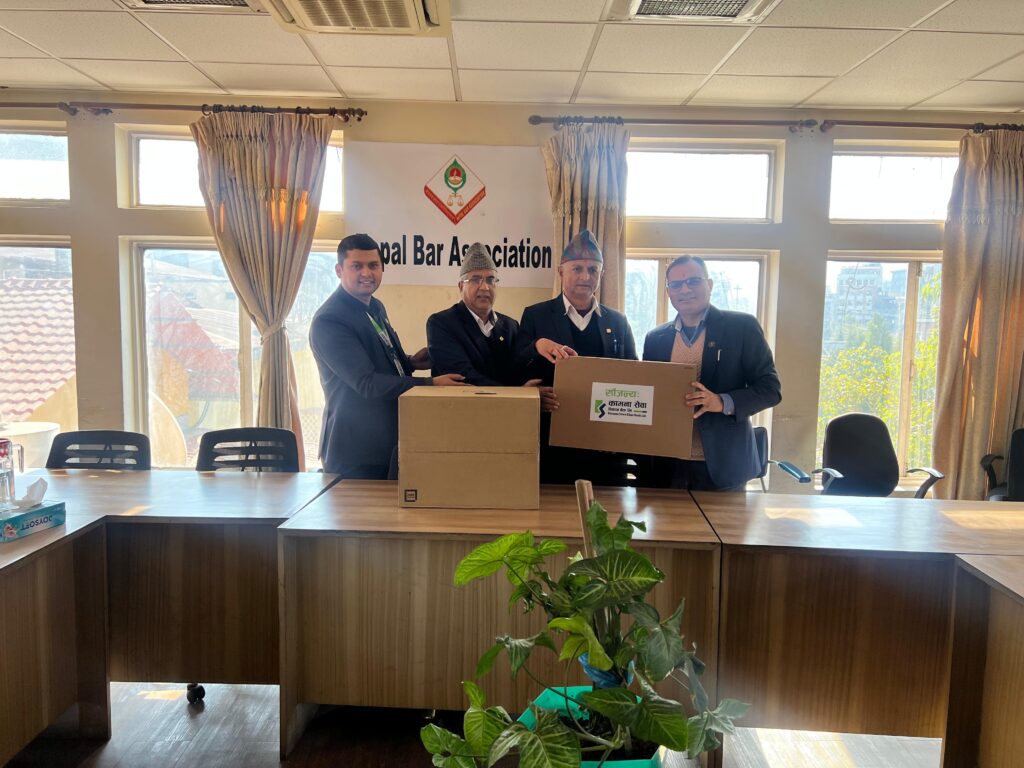Kathmandu. Nepal Rastra Bank has tightened the rules on loans, investments and savings collection of cooperatives.
The National Bank has tightened the rules on loans, investments and savings collection of cooperatives by implementing the ‘Directives and Standards for Cooperatives Engaging in Savings and Loans-2081’. After the recent problems in cooperatives, the government has asked the National Bank to come up with policies and regulations for cooperatives.
The initial draft of the guidelines and standards has set limits on cooperative loans and investments, as well as proposed strict policies.
##Loans and investment limits and provisions
- ##Cooperatives will not provide loans to members who have not been members for at least 3 months Cannot invest.
- The organization cannot disburse loans exceeding a maximum of 15 percent of the primary capital fund per member.
- The organization can disburse unsecured loans to members who are regularly saving up to 5 times or more of their savings amount or Rs. 3 lakh, whichever is less. In this way, when disbursing loans without collateral, at least 2 members will have to be guaranteed.
- The directors of a cooperative organization will not be allowed to take any additional loans other than those obtained against the security of their savings.
- The organization may invest in shares of licensed cooperative banks and small farmers’ microfinance institutions and in bonds issued by the Government of Nepal. Apart from this, investment in shares and debentures of any other organization is not allowed. However, this directive shall not be deemed to have hindered the payment of membership fees of associations as per the Cooperative Act 2074.
- In the event that the organization has been operating continuously in net profit for the past 3 years, has no accumulated losses and maintains a minimum capital fund, it may purchase/construct land and buildings for office purposes in a transparent manner through a competitive process, amounting to a maximum of 25 percent of the primary capital or a maximum of 50 percent of the reserve fund (whichever is lower). If property is purchased/constructed contrary to the above conditions, the amount equivalent to that amount will have to be deducted while calculating the primary capital fund. Property purchase and construction shall be made only by a decision of at least 51 percent majority of the general meeting and information on property purchase and construction shall be provided to the regulatory body within 30 days.
- Except for specialized institutions, large-scale institutions shall disburse a minimum of 50 percent of the total loan to the productive sectors including agriculture, industry and business operation or expansion. If this limit is not currently maintained, it shall be maintained until mid-Ashar 2083.
- The institution may provide an appropriate grace period for payment of installments and interest while disbursing loans for agriculture, industry and business. While setting such a grace period, the grace period according to the purpose of the loan must be established and approved by the board of directors.
- The principal installment cannot be determined at intervals of more than three months after the completion of the grace period of any loan invested by the institution. While setting such a grace period, the grace period according to the purpose of the loan must be established and approved by the board of directors.
- When the institution takes a loan from banks, financial institutions and cooperative banks by pledging the borrower’s property, the borrower will not be allowed to take a loan in excess of the loan amount taken from the institution. However, this provision shall not be deemed to have hindered the borrowing of the director of the organization for the institutional purposes of the organization to which he is affiliated by pledging his own property.
Resource collection limit
- The organization can collect savings only from members.
- The organization can collect savings up to 15 times the primary capital fund.
- The organization can borrow up to five percent of its total assets from banks and financial institutions and cooperative banks, but when borrowing in this way, it cannot borrow more than 100 percent of the capital fund. However, in the case of a cooperative organization that invests 51 percent or more in collective guarantee, it can take a loan of up to 20 percent of its total assets or 10 times the capital fund (up to the limit of the number of people).
Limit of savings collection per member The organization can collect savings per member as follows.
- A cooperative organization with a single district scope of work can collect a maximum of 1 million rupees.
- A cooperative organization with a multi-district scope of work can collect a maximum of 2.5 million rupees.
- A cooperative organization with a multi-district scope of work can collect a maximum of 2.5 million rupees.
Cooperatives can operate savings accounts of up to Rs. 50 lakhs.
##Savings Collection
- The organization can operate ordinary, regular and periodic savings accounts of up to three years. However, the regular savings portion must be maintained at a minimum of twenty-five percent of the total savings.
- The organization’s savings mobilization procedures must be approved by the general meeting and implemented.
Source must be disclosed: When a member deposits a savings amount of more than one million rupees, it is mandatory to disclose the source. will be.
Miscellaneous: For the purpose of monitoring the financial resource collection limit, the primary capital fund, capital fund and assets maintained in the previous quarter will be considered as the basis.
Sahakari-Mapdanda-tatha-nirdeshan-2081





















